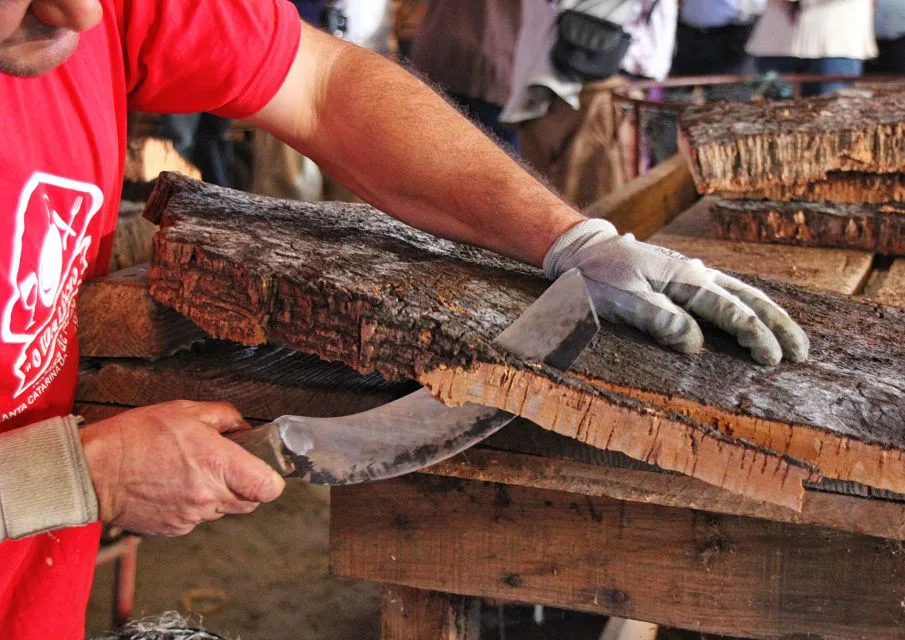There are many things that sparkle in the Algarve sun—ceramic tiles, whitewashed rooftops, chilled vinho verde… But none quite like the salt flats of Tavira. Just a short walk or cycle from the old town, these shallow pools shimmer with a history and craft that stretch back centuries. If you’re curious about where your flor de sal comes from—and you fancy a peaceful stroll with flamingos for company—this is your sign to explore Tavira’s salty soul.
✨ Ancient Tradition in Every Grain
Tavira’s salt pans have been used for salt production since Roman and Moorish times . Even today, the process remains charmingly low-tech: sun, sea, and wind do most of the work, while local salt workers—called marnotos—rake the gleaming crystals by hand.
The real treat? Flor de Sal de Tavira . This delicate salt “flower” forms on the surface and is skimmed gently using wooden tools. No additives, no industrial machinery. Just pure, sea-born flavour.
🚶 How to Visit (And When To Go)
You can explore the salt flats freely by walking or cycling along the Ecovia Litoral trail . From Taste Tavira AL , head toward R. Eng. João Bruno da Rocha Prado, and continue on gravel paths. Best times? Early morning or sunset , when the pools glow pink and gold. July, August, September and early October are the harvest months.
📏 Birds, Colours & Calm
The salt pans aren’t just about salt. They’re part of the Ria Formosa Natural Park , a Ramsar-designated wetland teeming with birdlife. Depending on the season, you might spot flamingos, herons, avocets or even spoonbills, wading delicately between the glinting pools.
And then there’s the colour: subtle pinks, dreamy turquoise, even rusty reds—all caused by natural algae and minerals. Bring your camera, or better yet, a moment of stillness.
🚢 Want to Go Further?
If you prefer a deeper dive, local outfits like Monte da Ribeira (near Estoi, by car) offer sometimes guided salt-harvesting experiences (€28), complete with tools, history, and hands-on raking (yes, you can try it!). Check for actual information.
Or visit Salinas do Grelha (Olhão), where you can also float in a mineral-rich salt lagoon (think Dead Sea… but Algarvian!).
🌿 Salt That Tells a Story
Back in town, look for locally harvested flor de sal at artisan shops or farmer’s markets. This is salt that speaks of place: sea air, sun-drenched patience, and the quiet determination of marnotos.
A visit to Tavira’s salt pans isn’t loud or flashy. It’s slow, grounding, and strangely moving. Just you, the wind, the birds, and a glint of salt underfoot.






